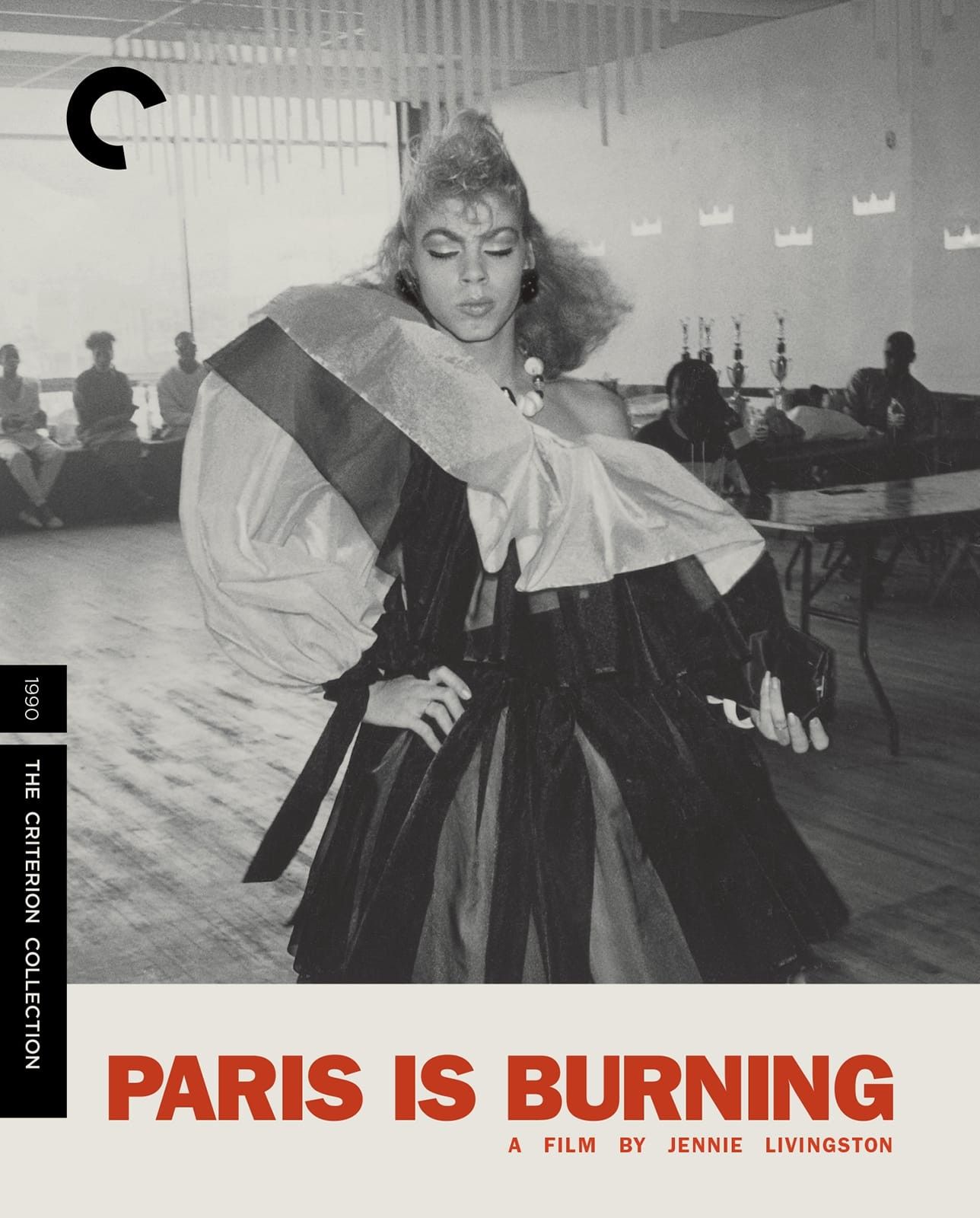
“Give the contestants a round of applause for nerve, ’cause with y’all vicious motherf*ckers, it do take nerve!” With these words, emcee Junior LaBeija sets the stage for a ball, a series of competitions unlike anything seen in mainstream culture at the time. It’s a moment that comes early on in Paris is Burning, a dazzling, poignant, and influential 1990 documentary that celebrates the ballroom culture of New York City that was a safe space for the Black, brown, and Latinx members of the LGBTQ+ community. It’s endlessly quotable and an iconic entry in queer cinema, but it’s also a controversial film. Recognizing the faults of this documentary is as important as realizing how it set the stage for celebrating LGBTQ+ pride and authentic representation that has evolved to this day.
What Is ‘Paris is Burning’ About?
Taking place in the late 1980s, this doc follows real-life figures involved in the Harlem ball scene where contestants walk in elaborate categories that award the best. They can be in femme or macho drag or dress to impress, but it’s all to achieve the stardom they are not able to attain in the real world. Elders among the community, Dorian Corey and Pepper LaBeija, bring their wit and life experience as the youths, Venus Xtravaganza and Freddie Pendavis, bring their sass and future dreams. Although everyone interviewed must deal with the harsh reality of the decade, they demand your attention, not your pity.
In an interview with AnOther, filmmaker Jennie Livingston realized how modern technology would have changed everything back when she filmed Paris is Burning. “—at that point, the only thing to shoot a documentary on was 16mm film, which is incredibly expensive. We were very judicious, so that’s why, formally, the film is more about interviews and events and not so much other stuff.” The events in question are what makes this one of the best documentaries out there, as Paris is Burning captures the stunning fashion runways and voguing dance battles where contestants strive to win the coveted trophies.
Before ‘Pose’ or ‘Rupaul’s Drag Race,’ There Was ‘Paris Is Burning’
Fans of Pose and RuPaul’s Drag Race should rush to watch this doc if they haven’t already. One can trace popular slang used today, in these modern shows, back to the 1980s. Other than “realness” and “mopping,” LaBeija, Xtravaganza, and Pendavis are a few of the famous “Houses” made up of found families. Dorian Corey explained another key term with the blunt wisdom they carry throughout the film, “I don’t have to tell you you’re ugly…I don’t have to tell you because you know you’re ugly. That’s shade.” Corey was just one of many performers featured in the 1990 documentary that has a personality as vibrant as the ball scenes.
There can be cheers or jeers from the spectators—it is truly a safe space, but it’s also a ruthless competition to gain the local fame that winning grants. Disco hits, like “Love Hangover” by Diana Ross and “Got To Be Real” by Cheryl Lynn, play over these scenes to match the vivacious energy. But the film doesn’t ignore the social issues its cast of queer people of color are up against: the AIDS crisis and racial inequality. Inserted footage shows the white, upper-class, straight folks of NYC unaware of Livingston’s camera on them, like how they are unaware of the community that attends the Harlem balls. Paris is Burning captures powerful resilience even as it becomes a tragic time capsule for the many performers interviewed who lost their lives to AIDS or violent bigotry in the years since it was released. Now, over three decades later, this film is an important piece of queer cinema, but one with a complicated legacy.
‘Paris Is Burning’ Remains an Influential and Controversial Documentary
In 1993, some of the performers revealed they felt exploited by Livingston, a white outsider whose documentary went on to earn accolades. Then in 2015, a Brooklyn screening brought another controversy to light when a white musician was set to be a special guest alongside Livingston, excluding the LGBTQ people of color active in the city’s ball community. It seemed to be blatant evidence of how the film was guilty of cultural appropriation. A painful reminder as well, given the 1988 unsolved murder of Paris is Burning star and trans woman, Venus Xtravaganza, and the violence that trans women have continued to face.
The Brooklyn screening was fixed, though, with a new lineup of guests that included stars of Paris is Burning and performances from various Houses. Only time will tell if more issues continue to surround the film, and while it celebrates LGBTQ life during a time of numerous struggles, the lingering controversies are not to be taken lightly. It’s a reminder to not erase the subculture this doc put on screen. There would be no Paris is Burning without its cast of real-life icons.
Paris is Burning is streaming on Max in the U.S.

Paris is Burning
- Run Time
-
1 hr 28 min
- Director
-
Jennie Livingston
- Release Date
-
September 13, 1990
Watch on Max






